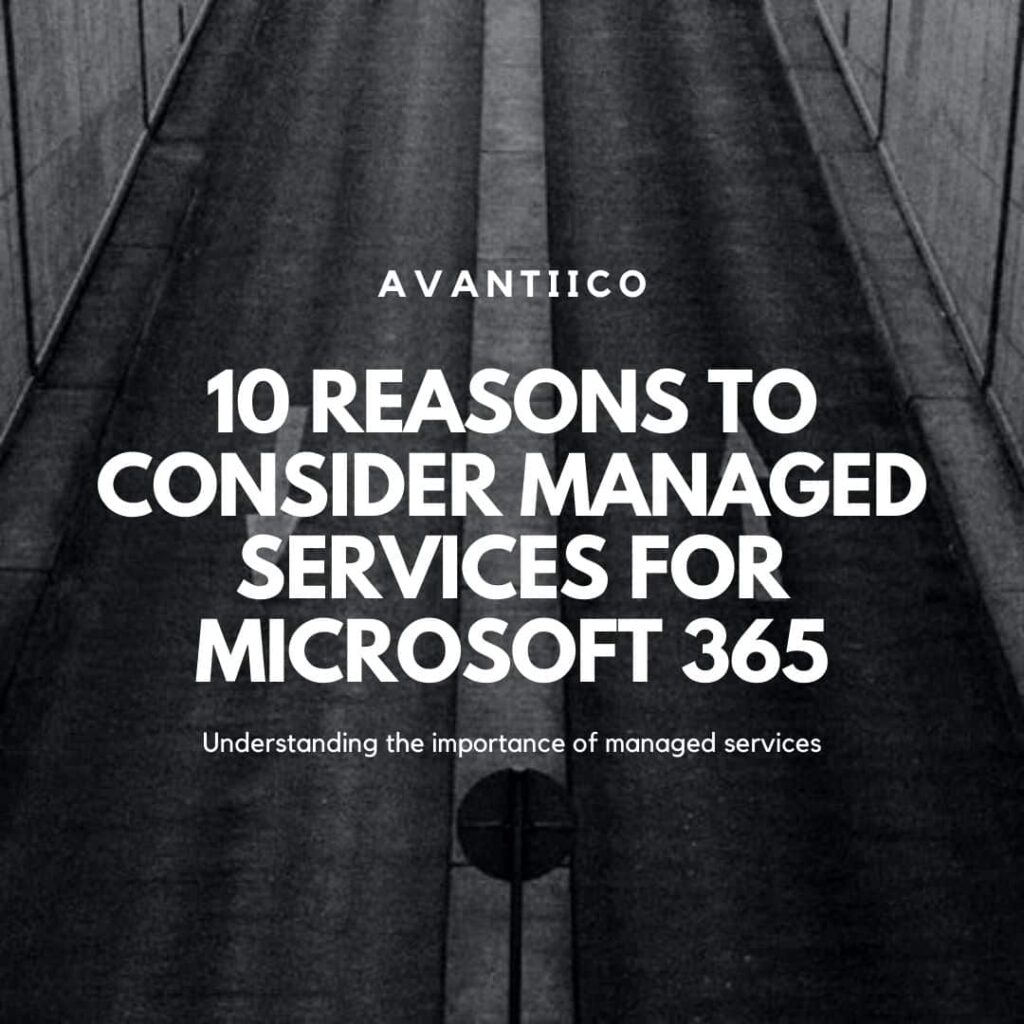10 Painful ERP Implementation Challenges & How to Solve Them
ERP implementation is a delicate process, and even seasoned professionals know the road to success is paved with challenges. From data migration headaches to resistance from teams, these ERP implementation challenges are all too familiar for CIOs, CTOs, and IT staff who manage or regularly work within your system.
Introduction
The good news? These hurdles aren’t insurmountable. With the right strategies — like thorough process mapping, expert-led data migration, and proactive change management — you can work out the kinks and fool-proof your system rollout.
What Is ERP?
ERP (Enterprise Resource Planning) refers to software that integrates data across key business processes, including finance, supply chain, HR, sales, and more, allowing for smoother data flows and smarter decision-making.
Examples of renowned ERP systems include Oracle NetSuite ERP, SAP, Sage X3, and Microsoft Dynamics 365, all of which offer tools for financial management, inventory tracking, supply chain optimization, and much more to support your business’s full range of virtual needs.
What Is an ERP Implementation?
An ERP implementation is the process of bringing enterprise resource planning software into your business to simplify and automate core operations. It starts with choosing the right ERP system, planning the rollout, and customizing the software to fit your unique needs.
From there, it involves moving data from old systems, training your team, and thoroughly testing everything to make sure it runs smoothly. The end result is improved efficiency, lower costs, and clearer insights into your business to help you reach your goals faster and with less waste.
10 Common ERP Implementation Challenges & Solutions
Implementing an ERP system can transform your operations for the better, but it’s not without its challenges. From data migration to user adoption, each step requires careful planning and execution.
Here’s a breakdown of 10 common ERP implementation issues that can lead to a failed investment (and solutions to help you address them):
1. Unstructured Business Processes
Undocumented or poorly defined business processes can create confusion and inefficiencies during an ERP implementation, making it harder to achieve desired outcomes.
To solve for this, perform detailed process mapping to document current workflows, identify gaps, and establish optimized processes that align with your business goals. If you don’t have these capabilities in-house, an ERP implementation or solutions partner can ensure these boxes are checked.
2. Data Migration Speed & Accuracy
Migrating data from a legacy system to a new ERP can be slow, complex, and prone to errors, especially if the data is incomplete, inconsistent, or inaccurate.
A good rule of thumb is to start by organizing and standardizing your data long before the migration so that errors are caught early and the transition is smooth. You can also avoid critical risks like dirty data and slow migration times by partnering with an ERP implementation expert skilled in data cleaning, validation, and precise data mapping.
The implementation process is delicate, like a long math problem. If you don’t get the initial steps right, the result will be completely off track – so be sure to approach these first few stages with care and consideration.
3. Compliance & Low Data Quality
Your ERP system needs to meet any and all regulatory requirements related to your industry. It should also deliver accurate reporting so that your decision-making carries merit. However, these functions are often stunted, particularly in highly regulated industries where ERP data quality issues can undermine compliance and operational efficiency.
To ensure you’re adhering to industry regulations, it’s common practice to regularly audit your data and update your ERP compliance settings according to said regulations. But oftentimes, organizations don’t have this kind of expertise in-house and on hand.
This is where an ERP consultant or solutions partner can help. If you’re investing in a platform that covers the breadth of your business, you need an expert who knows how to:
- Tie your operations and data insights together for smarter pivots
- Remain compliant with industry regulations and data quality standards
- Enhance your ERP functionalities with seamless, risk-free integrations
4. ERP Integration Issues
You’ve heard it, and it’s true: integrating ERP software with existing systems is one of the most delicate stages of implementation.
This is because disparate systems, incompatible data formats, and complex workflows often create bottlenecks, leading to clumsy processes and raised costs. Without seamless integration, your critical data will also become siloed, opening the floodgates for inefficiencies and missed opportunities for powerful insights.
To prevent any ERP integration issues or complete ERP failure, research your integration options early on, and note how they align with your workflows and core processes. You’ll also want to filter for solutions that offer flexibility, scalability, and of course, compatibility with your current systems to keep the implementation moving.
However, working with an ERP partner that specializes in implementation and auditing is the absolute safest option.
Whether you’re on Oracle/NetSuite, SAP, or Dynamics 365, having a technical consultant by your side to spot roadblocks early on and eliminate those risks is invaluable. Without this expertise, you risk critical errors that can push back the ERP implementation timeline – or worse, lead to failed implementation.
5. Customizing to Replicate Legacy Systems
First, over-customization without the right expertise can quickly spiral into rigid systems that are difficult to upgrade, integrate, or scale. Second, replicating legacy workflows can prevent your business from fully leveraging the advanced features and efficiencies of your new ERP system – which can discredit your investment.
To avoid these outcomes and stay on track, take a close look at the functionalities you:
1. Must Keep: Features you currently have and need to retain.
2. Can Discard: Features you currently have but don’t need.
3. Need to Add: Features you need but currently don’t have.
If you identify any features you need that aren’t out-of-the-box, look into available integrations and ISV solutions that can enhance functionality without over-customization. The goal is to be open to enhanced features that are key to your processes, while being wary of excessive customization.
6. Inexperienced Project Management
One of the strongest-yet-silent killers of any ERP implementation is a lack of clear leadership. Without experienced project managers on hand, you’ll run into frustrating delays, budget excession, and scope creep – all of which can derail the whole implementation process.
You can avoid this pitfall by knowing what roles to fill and ensuring you have people in the right seats. In other words, assign experienced project managers and adopt practiced PM methodologies so that your schedule stays on schedule and within budget.
With solid leadership in place, you can ensure that no tasks fall through the cracks and that your ERP implementation goes as planned.
7. Cost & Time Overruns
Exceeding your project scope is another common ERP implementation challenge. It’s not uncommon for ERP projects to exceed both budgets and timelines, most often due to contingencies or loose project management. Knowing this, it’s important to build a realistic budget and timeline from the start.
Strong project management practices (i.e. identifying stakeholders for the implementation) and clear communication can help keep the implementation within scope and on schedule, and if you don’t have experienced PM staff in-house, you can always contact an ERP implementation partner to fill these gaps.
8. Poor Testing & Quality Assurance
Inadequate testing can lead to bugs, errors, and even complete system failures after go-live, ranking as one of the largest threats to successful ERP implementation. Without thorough and expert testing, you can be left with stalled operations and a delayed implementation timeline.
By conducting rigorous testing throughout the process – including unit, integration, and user acceptance (UA) testing – you can tie up these loose ends before going live. If you don’t have these capabilities in-house, an ERP expert, consulting firm, or solutions partner can guide you through these steps.
9. Slow or Reluctant User Adoption
A lack of user adoption can quickly send your ERP implementation off the rails. This typically happens when employees aren’t properly prepared or understanding of your new system’s benefits, which will only slow down progress, limit the system’s effectiveness, and result in frustration among key users.
To drive adoption, communicate the value of your new ERP system early and often, preferably after the selection process and before the implementation process kicks off.
Once the system is rolled out, provide role-specific training and ongoing support so that your staff feels confident using the new tools. It can also help to assign project champions (key users) who are deeply familiar with the new platform and can help other employees understand the benefits of the new system as well as how to use it effectively.
10. Uneven Impact Across Teams
Different teams may use your new ERP system in different ways and to varying degrees, which can lead to a disconnect for some users. For those who don’t use it day-to-day, it can be difficult for them to understand the true benefits – and it’s important to keep your whole team on the same page.
Similar to the tips above, it’s best practice to inform your teams of a new incoming system before implementation, and post-selection. Alongside training and support, which is typically provided by your chosen ERP partner, your teams are sure to feel confident and engaged with the new tools.
ERP Implementation Challenges Mentioned on Reddit
When it comes to ERP implementation, Reddit users have shared some common challenges that ring true with the list above:
Resistance to Change
One recurring theme is resistance to change, particularly from employees who are used to their old systems. As one user put it, “The most challenging thing is getting users to adapt to a new system. They often hope it works exactly like their old one, which can lead to frustration and slow adoption.”
Divide Between Management & Employees
Another challenge highlighted on Reddit is misalignment between management and employees. One commenter noted, “If management and regular employees aren’t on the same page about the changes, the implementation will struggle. Clear communication and alignment are key.”
Over-Customization
Users also mentioned the temptation to over-customize the ERP system. One Redditor shared, “Clients often want to replicate their old processes or add endless customizations. This can lead to complexity, delays, and even system instability.”
Poor ERP Documentation
Finally, poor documentation was cited as a hurdle, especially with certain ERP systems. One user joked, “The documentation for some ERPs is so bad, it feels like solving a mystery.”
Research on Critical ERP Implementation Challenges
Escalation of Commitment in ERP Projects
A 2016 study by Satya S. Chakravorty, Ronald E. Dulaney, and Richard M. Franza highlights that escalation of commitment is a key factor in ERP implementation failures. The researchers examined a real-world case of a packaging manufacturing company where decision-makers continued investing in a failing ERP project. Their findings emphasize the importance of recognizing when to change course and avoiding the trap of sticking with a flawed implementation plan.
Unstructured Processes & Poor Testing Practices
According to a 2022 study by Evren Coşkun et al., ERP implementation projects often face high failure rates due to a variety of factors, including unstructured business processes and poor testing practices. The study analyzed 72 technical articles to identify critical failure factors in ERP projects. It provides a clear framework for understanding why these projects fail and offers insights for researchers, consultants, and project managers to improve success rates.
Closing Thoughts
A new and successful ERP implementation can be a transformative process for your operations, but as you know, it comes with its fair share of challenges.
From unstructured business processes and data migration issues to resistance to change and cost overruns, these hurdles can derail even the most well-planned projects. However, with careful planning, thorough testing, and clear communication, many of these challenges can be overcome.
The key to success lies in addressing these issues early and proactively. Whether it’s documenting workflows, training employees, or partnering with experts, taking the right steps can make all the difference. And remember – the safest way to ensure a smooth and successful ERP implementation is to work with a trusted expert who can guide you through every step of the process.
Ensure a Hassle-Free ERP Implementation with Avantiico
As a Microsoft Solutions Partner and ISV, we help businesses implement, integrate, and optimize their Dynamics 365 Finance & Supply Chain Management (F&SCM) environments. We’ve been consulting both domestic and global organizations on their ERP success since 2006, including renowned brands like Mimaki, Zurn, and Ballmer Group.
If you’re migrating to D365 or considering an upgrade, contact us to ensure the whole implementation process is planned for and executed with precision.






